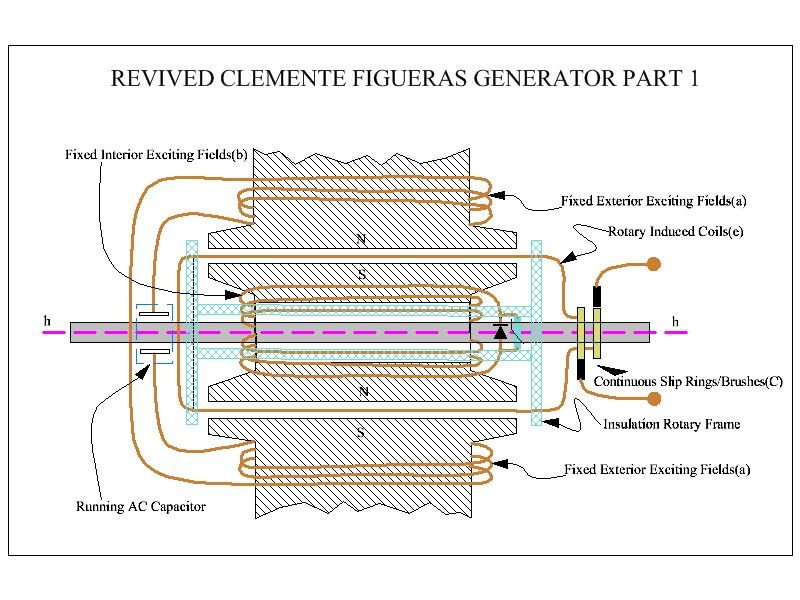This is how I think that patent 30376 should be wound:
Old times drum winding, as proposed by Figuera in patent 30376: Link


Old times drum winding, as proposed by Figuera in patent 30376: Link









 Got it ? there is really nothing complicated (except it require precise mechanical skills to replicate it)
Got it ? there is really nothing complicated (except it require precise mechanical skills to replicate it)


Comment